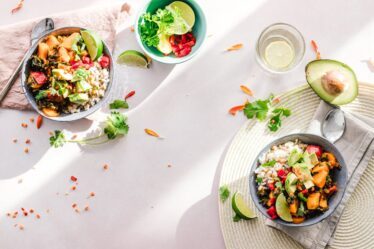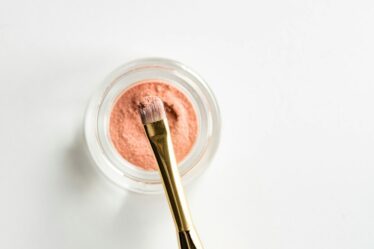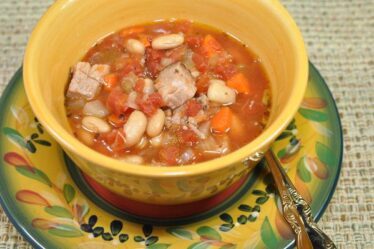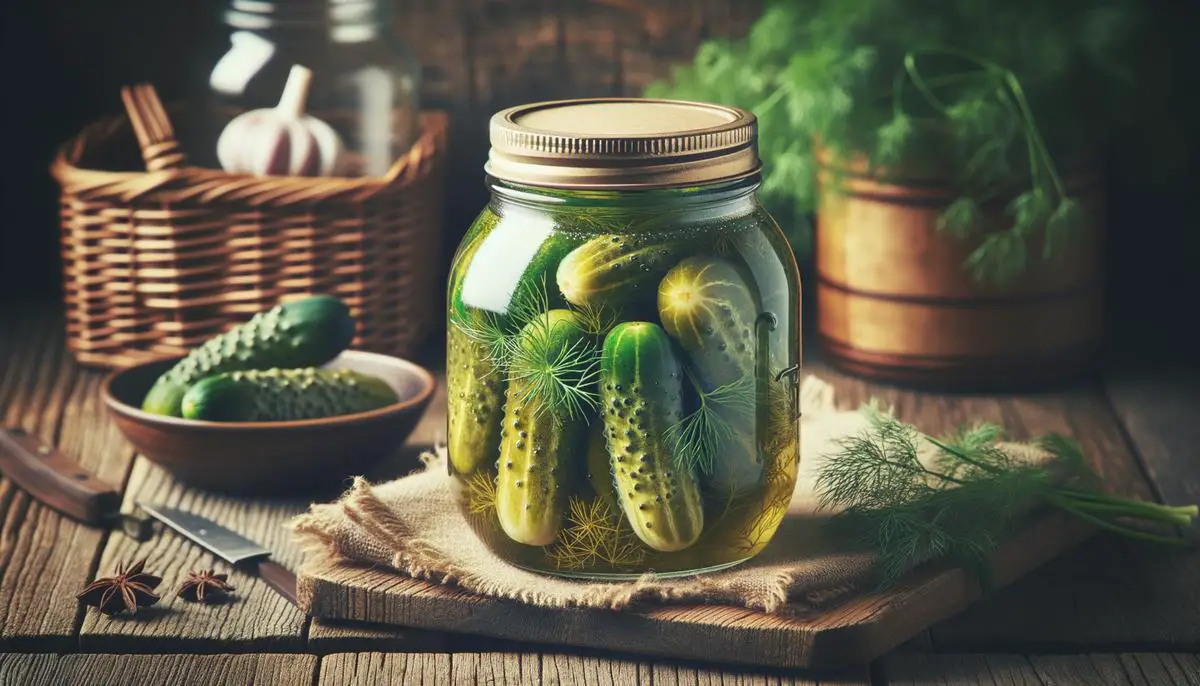
Pickling is an art form that combines the simple joy of preserving cucumbers with the subtle science of flavor enhancement. This guide aims to shed light on some key elements that contribute to making a perfect batch of dill pickles, from selecting the right type of cucumber to understanding how different vinegars can influence the taste profile.
Selecting Cucumbers
In the world of pickling, Kirby cucumbers are often the first choice for crafting crunchy, delightful dill pickles. This particular variety has a few key characteristics that make it ideal for pickling.
Kirby cucumbers have a thinner, more tender skin compared to other types like slicing cucumbers. This allows the pickling brine to permeate more easily, ensuring bold dill and tangy vinegar flavor in every bite. Slicing cucumbers, on the other hand, have thicker skins that can resist the brine, resulting in a less flavorful pickle.
Kirbys are also typically smaller and more stout, fitting perfectly into pickling jars. This size allows for consistent pickling and easier packing, making them ideal for both amateur and professional picklers.
Another advantage of Kirby cucumbers is their firm flesh that holds up well during the pickling process. They maintain their crispness, absorbing flavors while retaining a satisfying crunch. Other varieties may become mushy when submerged in brine.
Lastly, Kirby cucumbers have smaller, less noticeable seeds than other types. Large, watery seeds can lead to a soggier pickle, detracting from the ideal texture. With Kirbys, the seeds are fewer in number and smaller in size, contributing to the overall superior texture.
When it comes to choosing the best cucumber for dill pickles, Kirby cucumbers check all the boxes. Their thin skin, ideal size, firm flesh, and fewer seeds make them tailor-made for pickling, ensuring jars filled with crisp, flavorful delights.
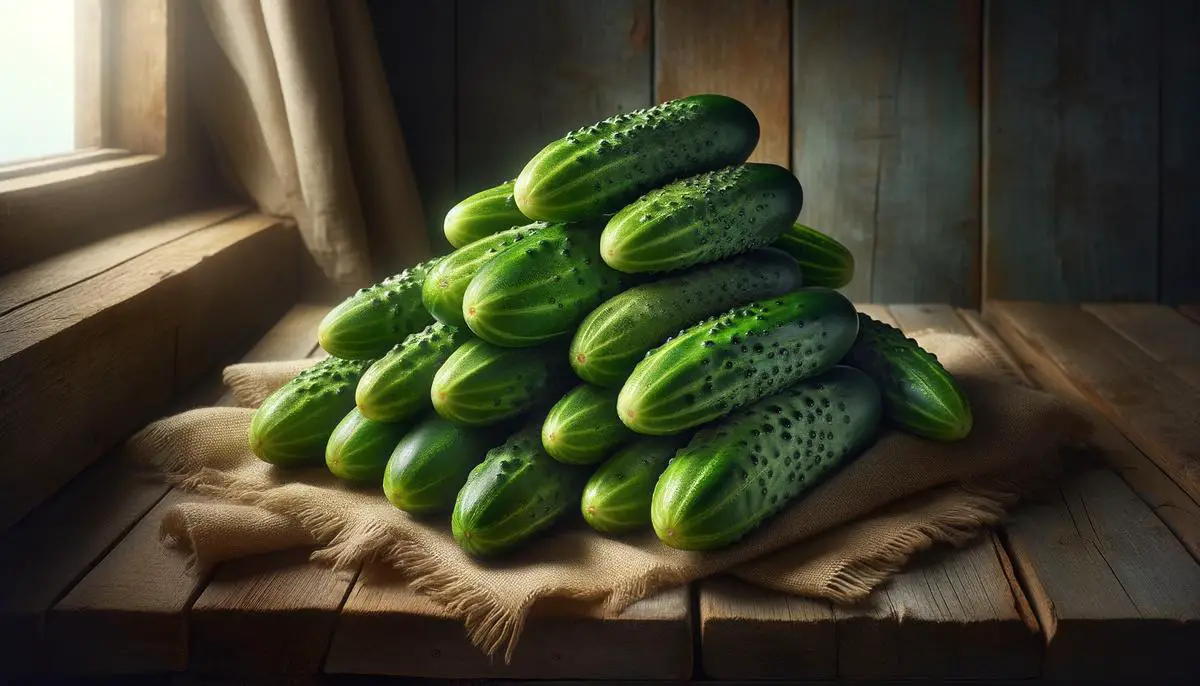
Preparing the Pickling Brine
Vinegar plays a pivotal role in the art of pickling, beyond just contributing to the tangy kick. The selection of vinegar can alter the flavor profile of your pickles dramatically.
Common vinegar varieties used in pickle-making include:
- White distilled vinegar
- Apple cider vinegar
- White wine vinegar
Each influences the taste of your pickles differently.
White distilled vinegar offers a clean, sharp tartness due to its clear nature and higher acetic acid content. It provides a straightforward, punchy pickle without additional flavors. If you're seeking a bold, classic pickle, white distilled vinegar is a good choice.
Apple cider vinegar brings a milder acidity and a slight sweetness from the apples. It can add fruity undertones, enriching the pickles with a complex palate of flavors. It's an excellent choice for creating pickles with a subtly sweet twist.
White wine vinegar introduces a more refined, subtly floral note to pickles. Its acidity is gentler than white distilled vinegar, making it great for those who prefer pickles with a more nuanced profile. Pickles made with white wine vinegar are often described as having an elegant edge.
Regardless of which vinegar you choose, the goal is to achieve a balanced interaction between the acidity of the vinegar and your other ingredients. The choice of vinegar can elevate the humble cucumber into a culinary delight that tantalizes the taste buds in unique ways.
Venturing into the world of pickling is an exploration of how vinegar can influence taste, inviting a broad spectrum of flavors into jars of crunchy, satisfying delights. Choose wisely, and embark on your pickling journey with a keen sense of how vinegar selection may steer the flavor profile of your finished pickles.
Canning Process
Achieving perfectly canned dill pickles that crunch with every bite and carry a balanced mix of tanginess with a hint of sweetness relies on the brine solution, the dill factor, and the canning process.
For the brine solution, a great starting point is combining equal parts water and your chosen vinegar. Add the ideal amount of kosher salt and sugar into the mix—generally a tablespoon of kosher salt per cup of vinegar-water ratio.1 This mix acts as the preserving liquid that imparts flavor and keeps the cucumbers crisp. Adding spices such as mustard seeds, coriander seeds, and peppercorns can enhance complexity in flavor.
Fresh dill is essential for that signature dill pickle taste. Include a generous amount of dill sprigs and even dill seeds for an intensified flavor. The incorporation of garlic is also important—add several cloves to suit your taste preference.
The canning process is pivotal in ensuring your pickles last while maintaining their quality. Sterilize your jars as the first step. Fill the sterilized jars with sliced cucumbers, leaving enough headspace at the top. Pour your hot brine over the cucumbers, ensuring they are fully submerged. Wipe the rim of each jar to remove any residue, then secure the lids. Water-bath canning locks in the flavors and ensures the jars are sealed for shelf stability. Process the jars for about 10 minutes, adjusting for altitude if necessary.2
Time and patience are key when creating the perfect batch of canned dill pickles. Although it might be tempting to sample your creation immediately, letting your pickles sit in their jars for a few weeks allows the flavors to meld beautifully. The longer they sit, the better they get.
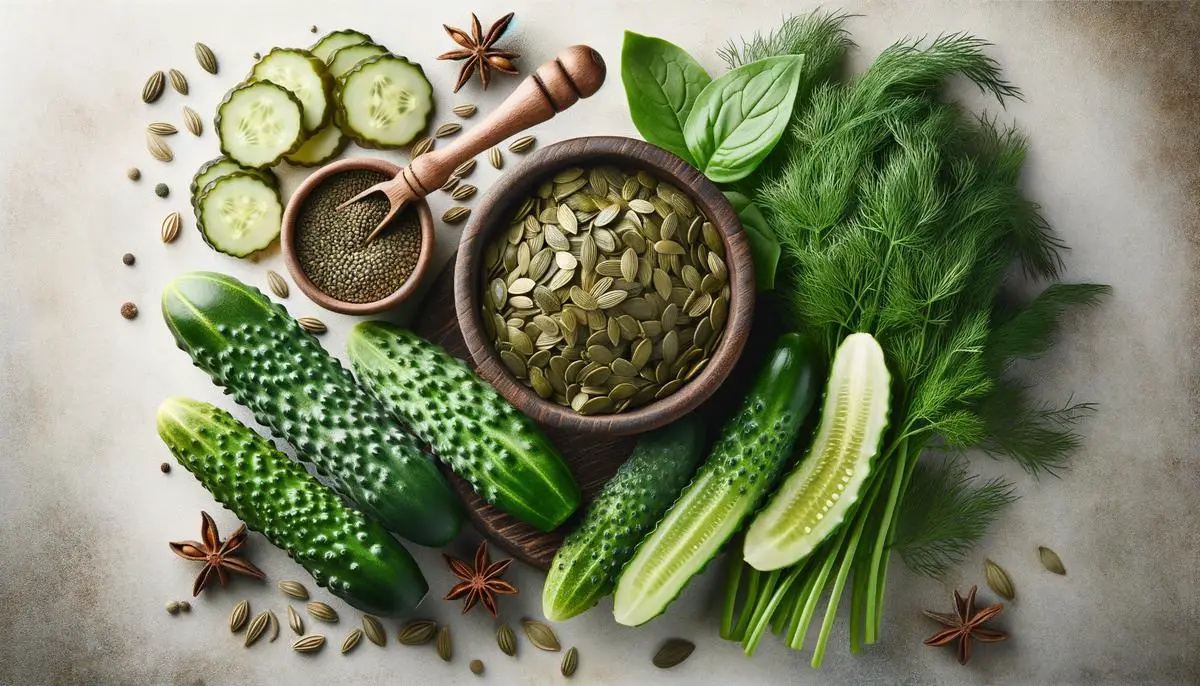
While many factors contribute to crafting the perfect dill pickle, choosing Kirby cucumbers is a fundamental step. Their size, skin thickness, firmness, and seed content make them exceptionally suited for pickling. This will help ensure your jars are filled with crisp, flavorful delights.
- Ingham B. Homemade pickles & relishes. University of Wisconsin–Extension. 2008. https://fyi.extension.wisc.edu/safefood/files/2020/04/B2267_Homemade_Pickles_and_Relishes.pdf
- National Center for Home Food Preservation. Frequently asked pickle questions. Last reviewed March 2020. https://nchfp.uga.edu/how/can_06/pickle_faq.html

